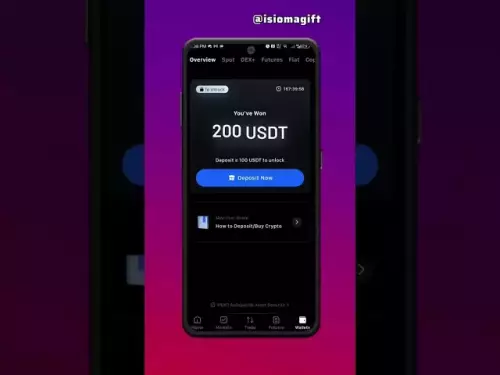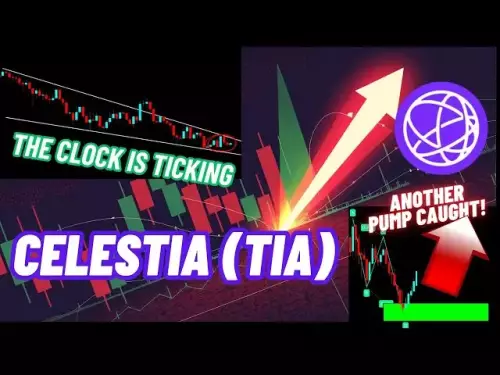-
 Bitcoin
Bitcoin $107600
-1.60% -
 Ethereum
Ethereum $4389
-1.67% -
 Tether USDt
Tether USDt $1.000
0.02% -
 XRP
XRP $2.743
-3.69% -
 BNB
BNB $855.9
-0.77% -
 Solana
Solana $198.4
-3.45% -
 USDC
USDC $1.000
0.02% -
 TRON
TRON $0.3380
-0.81% -
 Dogecoin
Dogecoin $0.2100
-4.82% -
 Cardano
Cardano $0.8092
-3.15% -
 Chainlink
Chainlink $23.04
-3.22% -
 Hyperliquid
Hyperliquid $44.56
-0.71% -
 Ethena USDe
Ethena USDe $1.001
0.03% -
 Sui
Sui $3.181
-4.95% -
 Stellar
Stellar $0.3482
-4.18% -
 Bitcoin Cash
Bitcoin Cash $534.2
-2.97% -
 Avalanche
Avalanche $23.15
-3.48% -
 Cronos
Cronos $0.2795
-6.38% -
 Hedera
Hedera $0.2147
-5.66% -
 UNUS SED LEO
UNUS SED LEO $9.621
0.16% -
 Litecoin
Litecoin $107.9
-3.31% -
 Toncoin
Toncoin $3.115
-1.03% -
 Shiba Inu
Shiba Inu $0.00001200
-3.96% -
 Polkadot
Polkadot $3.688
-4.36% -
 Uniswap
Uniswap $9.426
-4.48% -
 Dai
Dai $0.0000
0.01% -
 Bitget Token
Bitget Token $4.514
-1.20% -
 Monero
Monero $264.5
1.58% -
 Aave
Aave $311.6
-3.43% -
 Ethena
Ethena $0.6361
-5.95%
Coinbase Identity Verification: Tips for a Smooth Process
Coinbase requires identity verification to comply with AML and KYC regulations, using government IDs, live selfies, and secure encryption to protect user data.
Sep 01, 2025 at 07:00 am
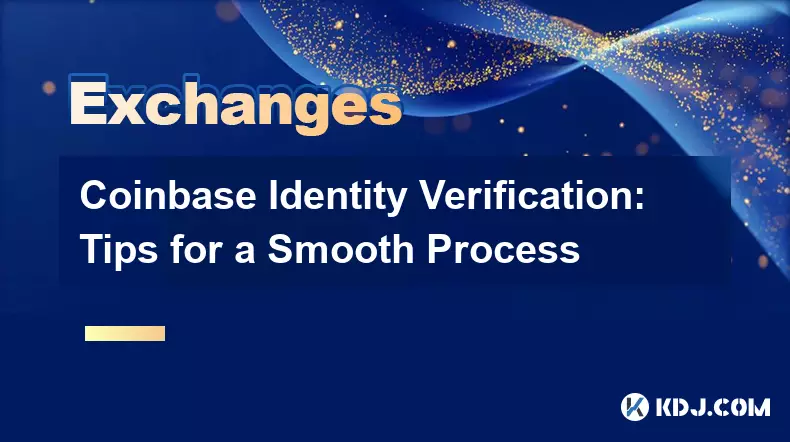
Coinbase Identity Verification: What You Need to Know
1. Coinbase requires all users to complete identity verification to comply with anti-money laundering (AML) and know-your-customer (KYC) regulations. This process ensures platform integrity and protects users from fraudulent activities. Every individual signing up must submit personal details such as full name, date of birth, and residential address.
2. The verification system uses advanced algorithms to cross-check submitted information with government-issued databases. Accuracy is critical—any mismatch between your input and official records can lead to delays or rejection. Always double-check spelling, especially for names and addresses, to avoid unnecessary complications.
3. Users are typically asked to upload a photo of a valid government ID, such as a passport, driver’s license, or national ID card. The document must be current, not expired, and clearly legible. Avoid glare, shadows, or blurriness when capturing the image. Hold the ID flat under even lighting to ensure all corners are visible.
4. During the verification process, Coinbase may prompt you to take a live selfie. This step confirms that the person submitting the ID is the same individual appearing in the photograph. Follow the on-screen instructions precisely—position your face within the frame and ensure good lighting without backlighting.
5. Processing times vary, but most verifications are completed within minutes. In some cases, additional review may be required, extending the wait to several hours or days. Patience is essential, especially during peak registration periods when system loads are higher.
Common Issues and How to Avoid Them
1. One frequent issue is uploading an expired ID. Even if the document is only a few days past its expiration date, Coinbase will reject it. Check the validity period before submission and renew your ID if necessary.
2. Poor image quality often leads to failed verification. Blurry, dark, or cropped photos prevent the system from reading critical information. Use a high-resolution camera and ensure the entire document fits within the frame with no obstructions.
3. Name mismatches between the ID and the account can cause automatic rejection. For example, using a nickname instead of your legal first name may trigger a flag. Always enter your full legal name exactly as it appears on your ID.
4. Some users attempt to use IDs from unsupported countries. Coinbase supports identification from a wide range of jurisdictions, but not all. Verify your country is on the accepted list before proceeding. Travel documents like visas or residence permits are not sufficient on their own.
5. Network issues or app glitches can interrupt the upload process. Ensure a stable internet connection and use the latest version of the Coinbase app or website. Clearing browser cache or reinstalling the app may resolve technical hiccups.
Enhancing Security During Verification
1. Always perform identity verification on a private, secure device. Public computers or shared networks increase the risk of data interception. Avoid using public Wi-Fi when submitting sensitive documents.
2. Enable two-factor authentication (2FA) before starting the process. This adds a critical layer of protection, ensuring that even if credentials are compromised, unauthorized access remains blocked.
3. Coinbase uses end-to-end encryption for all document uploads. Your files are stored in secure servers with strict access controls. However, it’s still wise to avoid saving copies of your ID on your device after submission.
4. Be cautious of phishing attempts. Scammers often mimic Coinbase emails or websites to steal personal information. Only access the verification portal through the official app or website—never click on unsolicited links.
5. If you encounter an unexpected request for additional documents, verify its legitimacy through Coinbase support channels. The platform may ask for utility bills or proof of address in rare cases, but these requests are always routed through secure in-app notifications.
Frequently Asked Questions
Why does Coinbase need my Social Security Number?Coinbase requests the last four digits of your SSN for U.S. residents to meet federal tax reporting requirements. This information is used solely for compliance and is protected under strict data security protocols.
Can I change my name after verification?Yes, but only under specific circumstances such as legal name changes. You must provide official documentation like a marriage certificate or court order. Contact Coinbase support directly to initiate the update process.
What happens if my verification fails multiple times?Repeated failures may temporarily lock your account. Wait 24 hours before retrying, ensure all information is accurate, and consider reaching out to customer support for personalized guidance.
Is my ID stored permanently on Coinbase servers?Your ID is retained as long as your account remains active and is subject to regulatory retention policies. You can request deletion under certain privacy laws, but this may affect your ability to use the platform.
Disclaimer:info@kdj.com
The information provided is not trading advice. kdj.com does not assume any responsibility for any investments made based on the information provided in this article. Cryptocurrencies are highly volatile and it is highly recommended that you invest with caution after thorough research!
If you believe that the content used on this website infringes your copyright, please contact us immediately (info@kdj.com) and we will delete it promptly.
- Memecoins September 2025 Watchlist: What's Hot Now?
- 2025-08-31 23:25:15
- Eric Trump Predicts Bitcoin to $1 Million: Hype or Reality?
- 2025-08-31 23:25:15
- BlockDAG: Redefining Scalability and ROI Potential in 2025
- 2025-08-31 23:05:16
- Ozak AI, Altcoins, and 20x Potential: Navigating the Crypto Landscape
- 2025-09-01 00:05:12
- Bonk Price, Solana Meme Coin, and the Rise of Layer Brett: A New Era?
- 2025-08-31 21:25:12
- ETH Transactions Soar, BTC Whale Shifts Gears: Decoding August's Crypto Charts
- 2025-08-31 21:05:16
Related knowledge
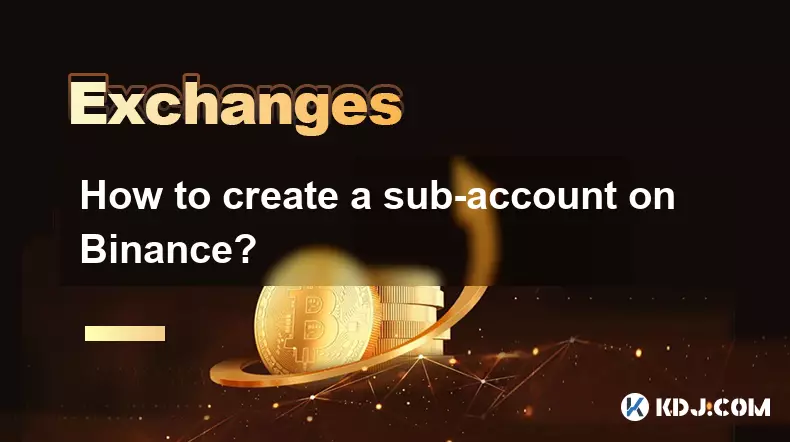
How to create a sub-account on Binance?
Sep 01,2025 at 12:36am
Accessing the Binance Sub-Account Feature1. Log in to your Binance account using your registered email and password. Ensure that two-factor authentica...

How to trade a new coin listing on Binance?
Aug 29,2025 at 11:14am
Understanding the Pre-Listing Phase1. Research the project thoroughly before any listing announcement. Whitepapers, team backgrounds, and community se...
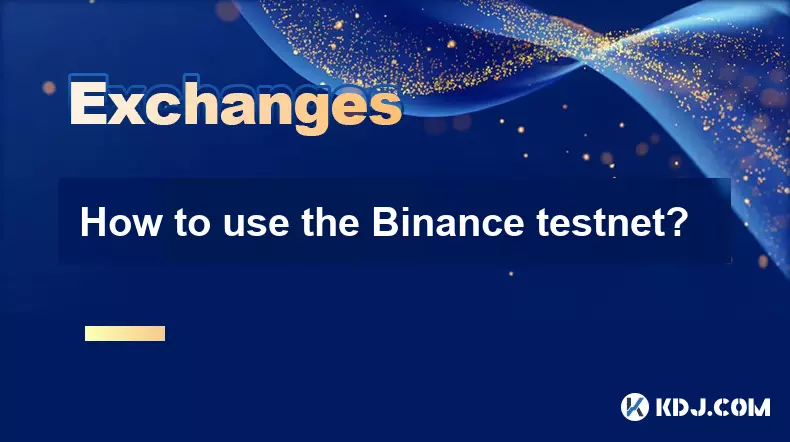
How to use the Binance testnet?
Aug 31,2025 at 02:19am
Understanding the Binance Testnet Environment1. The Binance testnet is a simulated version of the Binance Smart Chain (BSC) that allows developers and...
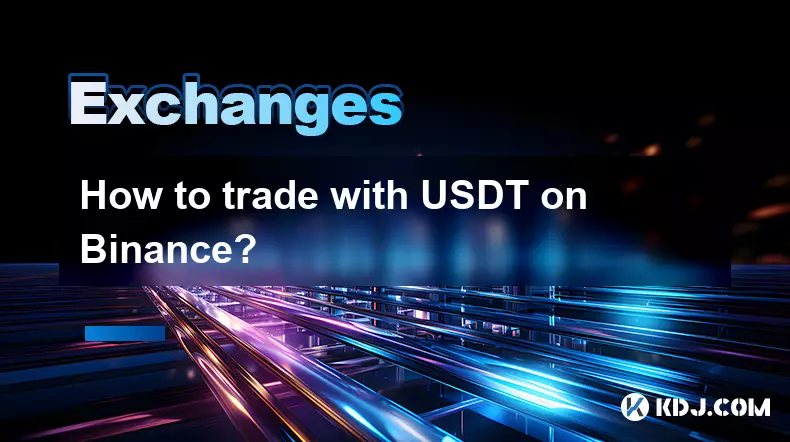
How to trade with USDT on Binance?
Aug 30,2025 at 02:19am
Getting Started with USDT Trading on Binance1. Create and verify your Binance account. Visit the official Binance website and complete the registratio...
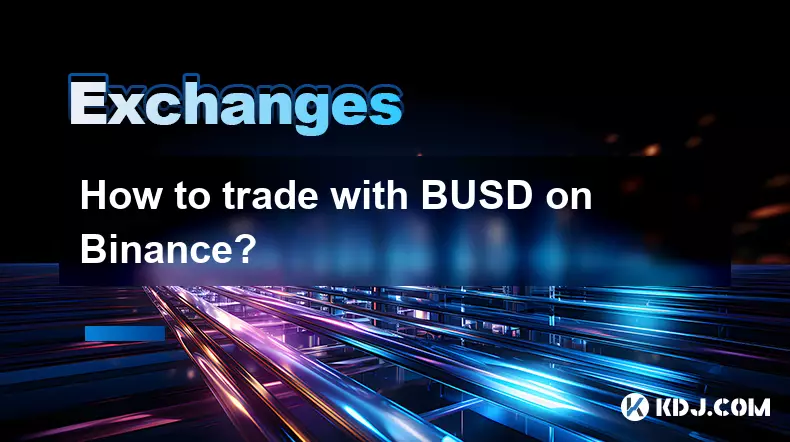
How to trade with BUSD on Binance?
Aug 30,2025 at 07:42am
Understanding BUSD and Its Role in Binance Trading1. BUSD, or Binance USD, is a stablecoin pegged to the value of the U.S. dollar, meaning 1 BUSD is a...
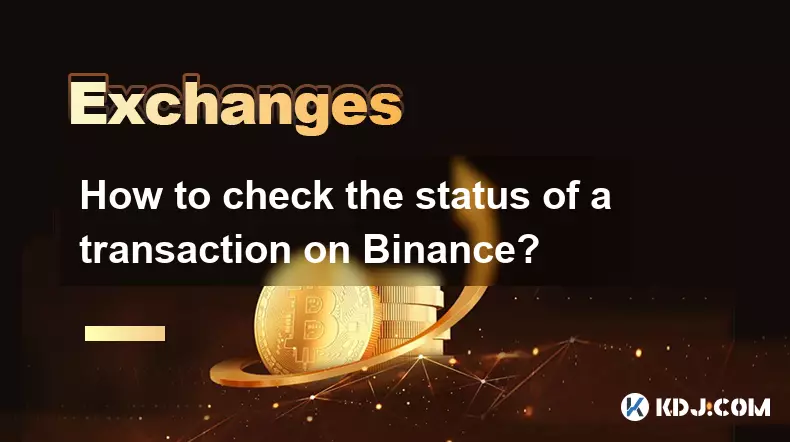
How to check the status of a transaction on Binance?
Sep 01,2025 at 01:18am
Understanding Transaction Status on Binance1. Log in to your Binance account through the official website or mobile application. Navigate to the 'Wall...

How to create a sub-account on Binance?
Sep 01,2025 at 12:36am
Accessing the Binance Sub-Account Feature1. Log in to your Binance account using your registered email and password. Ensure that two-factor authentica...

How to trade a new coin listing on Binance?
Aug 29,2025 at 11:14am
Understanding the Pre-Listing Phase1. Research the project thoroughly before any listing announcement. Whitepapers, team backgrounds, and community se...

How to use the Binance testnet?
Aug 31,2025 at 02:19am
Understanding the Binance Testnet Environment1. The Binance testnet is a simulated version of the Binance Smart Chain (BSC) that allows developers and...

How to trade with USDT on Binance?
Aug 30,2025 at 02:19am
Getting Started with USDT Trading on Binance1. Create and verify your Binance account. Visit the official Binance website and complete the registratio...

How to trade with BUSD on Binance?
Aug 30,2025 at 07:42am
Understanding BUSD and Its Role in Binance Trading1. BUSD, or Binance USD, is a stablecoin pegged to the value of the U.S. dollar, meaning 1 BUSD is a...

How to check the status of a transaction on Binance?
Sep 01,2025 at 01:18am
Understanding Transaction Status on Binance1. Log in to your Binance account through the official website or mobile application. Navigate to the 'Wall...
See all articles























